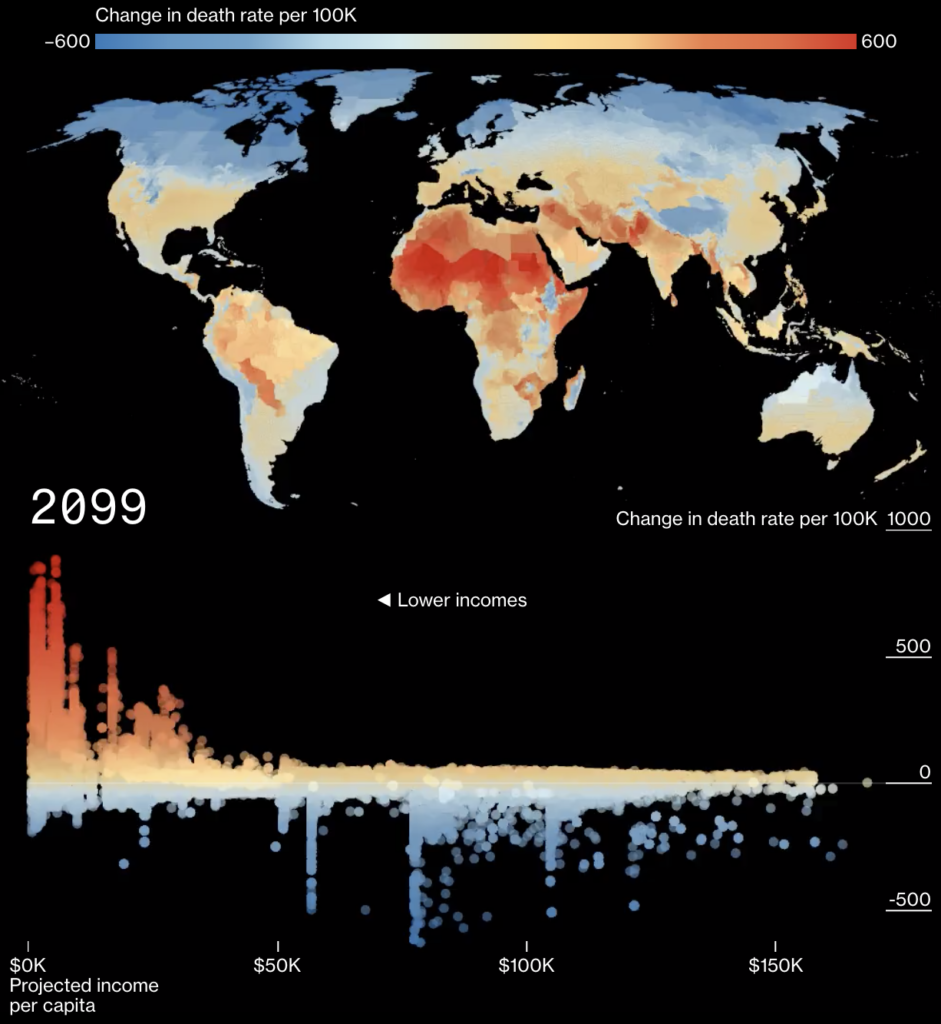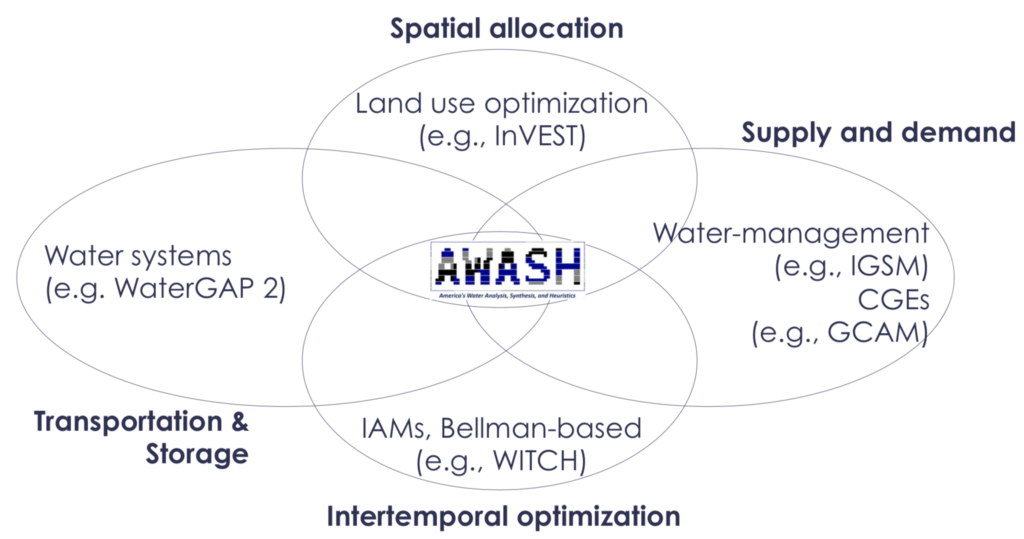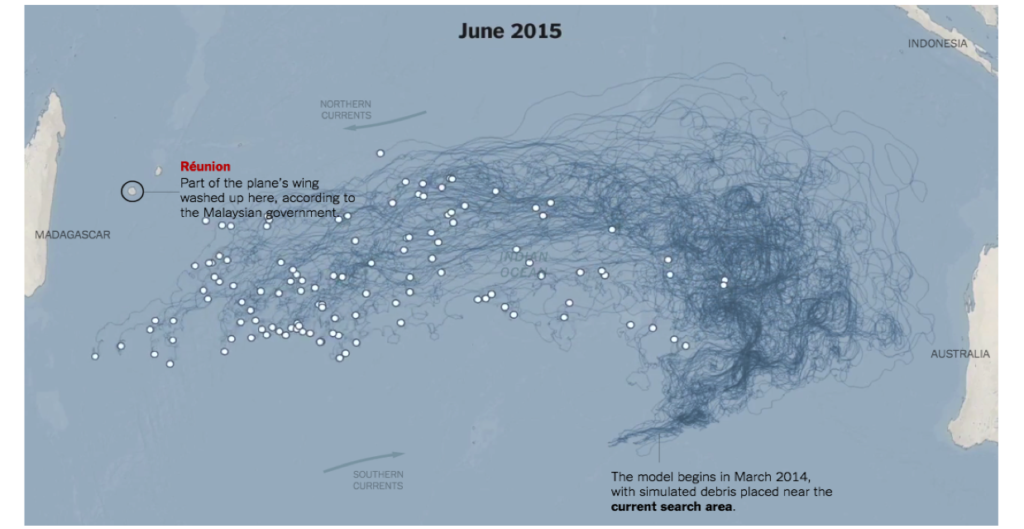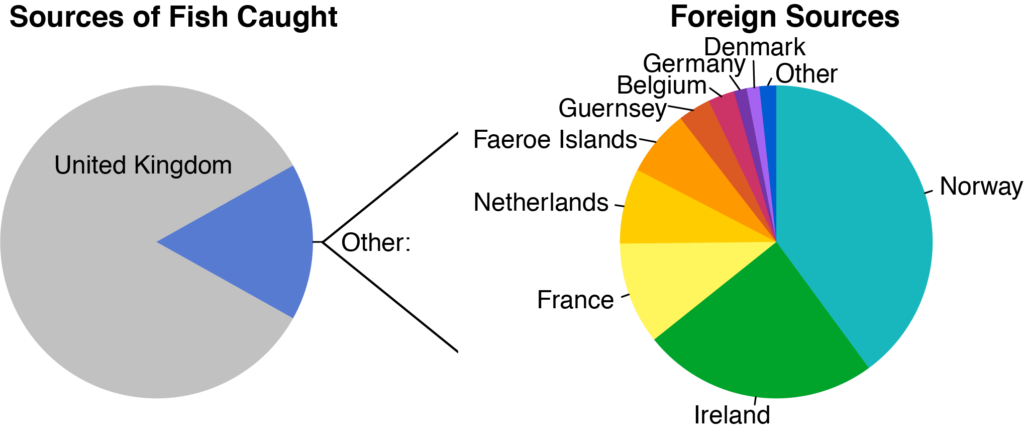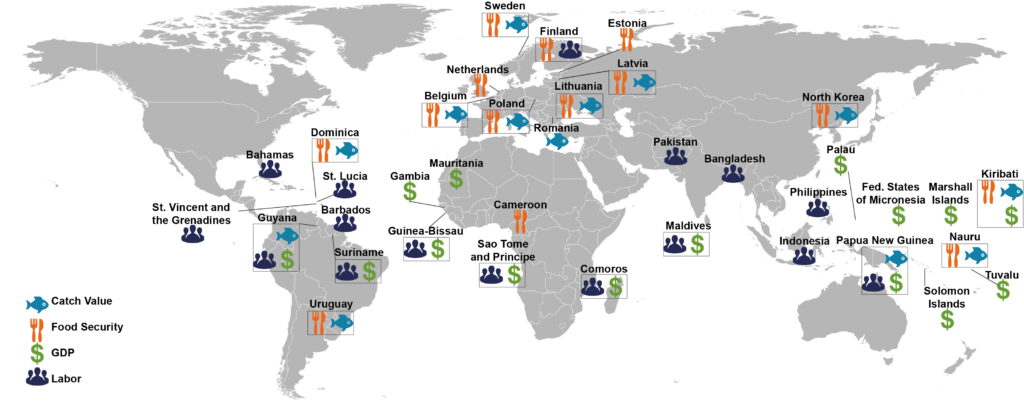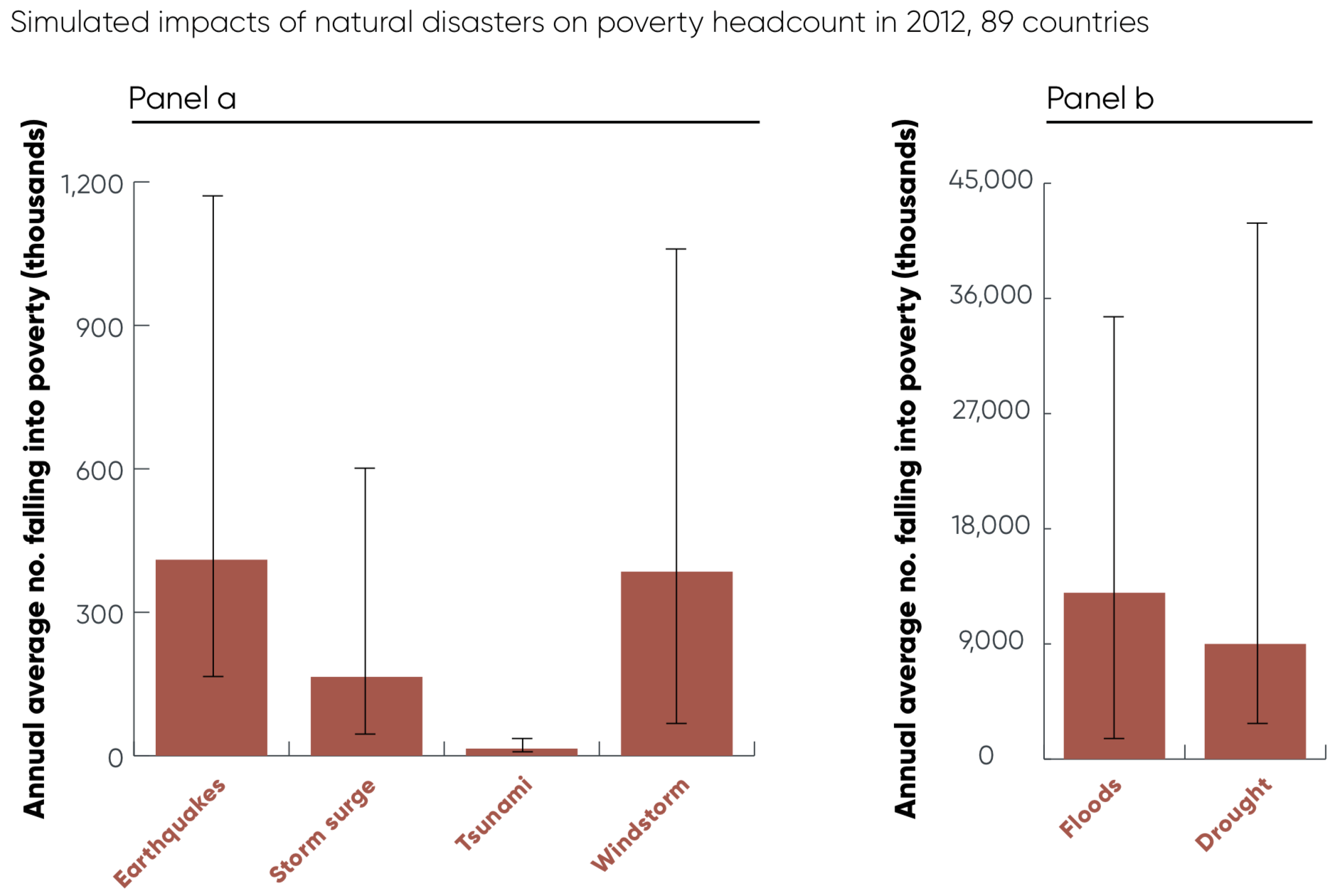| |
|
|
|
|
|
|
|
|
|
|
|
|
|
|
|
|
3
|
Heart of: |
Priest |
|
|
Bending sadly over his enemy he gave him his cup of grace. |
Absolved by her, he lit a small candle. |
He told folwers they would rise again if they were holy |
Religiously he choked evil spirits out of her. |
She stopped at the laying on of hands. |
He strove to marry the schizophrenic, whose tongue could not find his name. |
From his crane-pulpit he made a new heaven, new earth. |
In a smear of communion-wine: DNA of God. |
He believed in the triad, three-in-one, one-in-three. |
Lunchtime eucharist. Her sad, broiler flesh stigmatised. |
In the waiting flesh he made a vertical and transverse cut. |
|
4
|
Soldier |
|
He baptised the little ones with fire. |
|
After the fray she withdrew completely exploding bridges. |
Unimaginatively he heard the insecticides silent rain. |
Her nails left stripes on arms, epaulettes on shoulders. |
She made them retreat from the capital’s gates through snow. |
Bravely he climbed down into sewers where the Resistance lurked. |
Sagging dugs fed her tenth son to a patriot’s death. |
On Mt. Palomar: Such multitudes! And more in reverse. |
Choric Ode Warsaw Ghetto for unaccompanied keening of mothers. |
She guided the gun barrel between her lips. |
The enemy on x-ray. We will attack at first light. |
|
5
|
Whore |
|
He loved all men equally. |
He did not question their instructions. |
|
Where he planted used condoms, a gard of limbo. |
Shagging her, he pulled away from the intimacy of a kiss. |
She hung hesitant at the entrance of unlit alleys. |
If he were not paid for his skill their souls would feel enslaved. |
He holidayed in santinarium. Regained health. |
Inadequate theories passed each other on the stairs. |
All day at the piano, the spume of notes breaking and idling back. |
He dreamt he was a jewes in the Auschwitz brothel. |
Cunningly his hands moved as though we were operating. |
|
6
|
Gardener |
|
The butterfly evading his touch he mistook for Jesus. |
Where the shell struck, poppies bloomed from the astounded body. |
Two roses in the hot-house; one overblown one cankered. |
|
While police raged he cultivated his garden quietly at night. |
She regretted pollinization by the wind. |
How could he restore the lost paradise beneath Suicide City? |
He drilled desert after desert, Planting a future forever receding. |
By morning, the culture had flowered unrecognizably. |
Instrumentation of a hot summer’s day, concerto for busy ephemera. |
The cooked and ate the insecticide-ridden plants. |
The steering column was grafted into the beautiful girl’s breast. |
|
7
|
Sadist |
|
He pictured a femal Messiah’s bloodied, heaving breasts. |
Afterwards, no one found it was only the moon rising over Finland. |
She left their mutilated bodies in backstreet hotels. |
The face of the rose purpled, crumpled. |
|
Take me! she said, as the bus left, in church, on the big dipper.</i> |
He restored naturals to sanity. |
His skill faltered by an inch in the third story of the skyscraper. |
Test tube in hand, he stood over the city’s reservoir. |
He ended all movements with imperfect cadences. |
She had herself whipped by a reluctant weeping masochist. |
Religious he refused to cut away. |
|
8
|
Virgin |
|
He swooned at the snakeflesh of the communicant’s tongue. |
He did not know if he had died in that attack. |
She wept at her inviolate purity. |
Spring congress: nature’s pandering shocked him. |
She told her daughter You are ugly the world must not see you. |
|
His fingers holding the pencil trembled. His cheeks blushed. |
He shuddered as the road drill clove soft earth. |
He shivered at the neutrino cleaving light years of lead. |
Convent bells over the fields stirred his heart to new modes. |
He kept himself untouched. |
Seventy years he fought to save the small tissues. |
|
9
|
Psychologist |
|
He considered Christ’s over-compensatory Oedipus complex. |
Bayoneted, he watched his killer’s face. |
She asked them why they did this. |
Autumn divorce: psychosis of Kore lengthened. |
He studied the child’s face. |
Lying on her lonely couch, she made notes on her case. |
|
He felt for the huge machine’s pent-up sexual energy. |
He observed the expression on the dog’s transplanted head. |
At the first performance he watched the faces of the audience. |
On her couch of nails, she took notes on herself. |
Skimming the memory cells his lancet found the trauma. |
|
10
|
Stakhanovite |
|
In his confessional, a camp bed. |
He wanted to be the firing squad for the world. |
She frigged the hunover gray morning into cupfinal night. |
He dreamt himself sole survivor and named Adam. |
He emigrated to South Africa. |
She took the veil. |
He emigrated to the States. |
|
If only nature had covered up its tracks more cunningly. |
His 999th Symphony was his last. Sketches of the 1000ths remain. |
He longed to believe in the consolation of Hell. |
He said We must take out the lot. |
|
11
|
Scientist |
|
So many worlds! So many galaxies! So many saviors! |
The silent village forgave him, for not using germ warfare. |
As her sighs quickened, she graphed their heartbeats. |
Birds hooded, flowers shut: everwhere entropy accepted. |
He experimented with the velocity of falling bodies. |
She feared the Pill, she feared it. |
Uncertainty: observing quanta changed by his observing. |
Give me an ideology and I will move the whole earth. |
|
Tone-poem Jodrell Bank. The cracklings of infinite space. |
Singlehanded she sailed for the atom-test island. |
He toiled to turn inert mass into energy again. |
|
12
|
Composer |
|
Through all troubling modulations always the home-key. |
He wrote a victory march for the refugees to sing. |
Afire with impatience, she felt its percussive rhythm. |
Violets muted trumpets, then spring’s full sweet jazz. |
He looked at the inert score he played with too much brio. |
Night-music. The wind’s singers clicking sadly her bones. |
Slowly he collected all the strange lost tunes of the mad. |
He could listen to the song of a tractor forever. |
He played moon-light sonata of the cool star’s spectrum. |
|
Dies Irae, Her favorite lovesong. |
He gasped at the cancer’s unexpected counterpoint. |
|
13
|
Masochist |
|
As the rope tightened, he offered to die instead. |
He turned the napalm inwards. |
She made love for love. |
He fecundated the Venus flytrap. |
He lashed a masochist who cried with joy. |
All night her moist, lustrous eyes begged him not ot rape her. |
He drove the devils out and into his own Gaderene mind. |
He toiled to complete the robot which would destroy him. |
Love bites of laboratory rats. |
He destroyed his magnum opus. Only God was worthy of it. |
|
He turned the scalpel inward. |
|
14
|
Surgeon |
|
The one he had lost, not the ninety-nine he had saved. |
Heart transplant. He sent them to slave factories in the fatherland. |
She felt the hump on his back with skilled healing fingers. |
Plantation of transplantation. All members of one body. |
He said To whip you externally is not enough. |
Loving her, he allowed her to tenderly emasculate him. |
For freedom the patient must find her heart grasped by hands. |
Onto church-rubble he transplanted the factory. |
Man came: slowly, heart grafted into the universe. |
Thirty years he cut, sighed, stitched up the white silence. |
Lovebites in his old diseased heart. |
|
